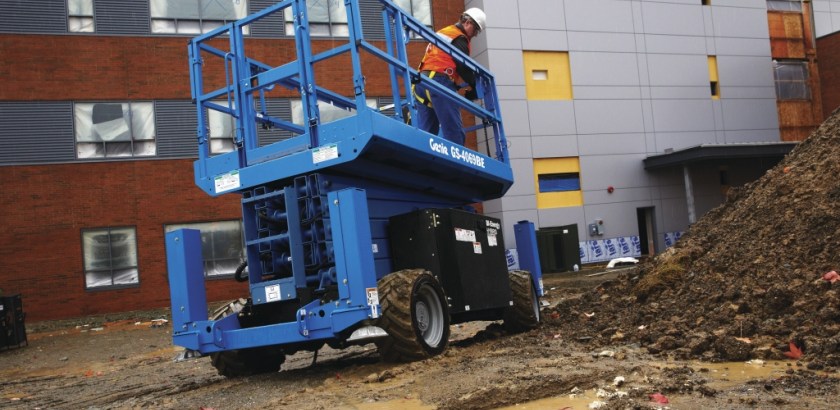How are ANSI Standards for Aerial Work Platforms Enforced by OSHA?
by Scott Owyen - Director of Training On Mar 23, 2017, 03:00 AM
Subscribe To Aerial Pros
Filter by tags
With increases in OSHA penalties, as well as conducting more inspections to identify violations of its policies and impose the new fines, a question many in the aerial rental market are asking is: How are ANSI standards enforced by OSHA?
ANSI standards and OSHA regulations are often confused because they generally address the same issues. In fact, many OSHA regulations were written based on ANSI standards. Also, OSHA often adopts ANSI standards via “incorporation by reference.”
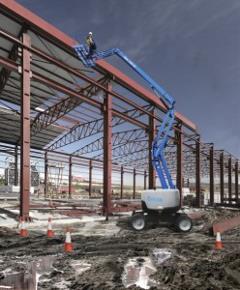 Here’s a brief breakdown of what these two agencies do:
Here’s a brief breakdown of what these two agencies do:
The A92 ANSI standards are the basis upon which aerial work platforms are designed, maintained, and operated. All entities involved in the safety chain (manufacturer -- dealer -- owner -- user -- operator) are to be knowledgeable regarding these standards. While ANSI standards are considered best practices, they are not laws or regulations. Complying with ANSI standards is voluntary.
OSHA is an agency of the U.S. government that issues and enforces regulations for employers to ensure workplace safety and health. Though the regulations are often referred to as standards, they are in fact laws and therefore compliance is mandatory.
When ANSI standards are adopted or incorporated, they become part of the OSHA regulation and are no longer voluntary.
It is important to point out that although ANSI standards are technically voluntary, it is in every rental company’s best interest to comply with them. Even when they are not incorporated into OSHA regulations, employers are expected to acknowledge them since they represent a consensus on what experts consider safe. Also, not following standards may be considered a violation of OSHA’s “general duty” clause, which requires employers to keep the workplace “free from recognized hazards.”
Finally, since ANSI standards are considered best practices, they are viewed as the legal “standard of care.” Noncompliance can equate to negligence and legal liability in the event of an injury.
Related Posts
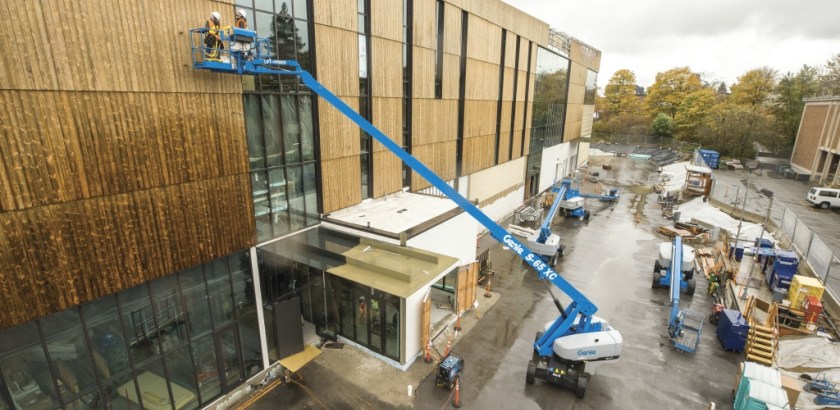
Addressing the Challenges of the Upcoming Changes to the ANSI A92 Standards
The upcoming implementation of the new ANSI A92.22 Safe Use and A92.24 Training Standards for Mobile Elevating Work Platforms (MEWPs) in the United States is creating quite a bit of confusion in the industry. T
Continue Reading
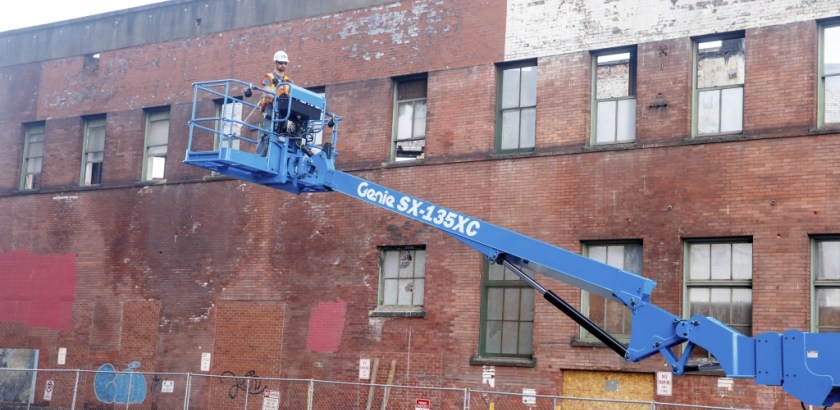
Recap of the Pending ANSI/CSA Standards - Everything is Changing
ANSI (United States) and CSA (Canada) standards have, for almost four decades, provided best practices for safe, reliable access to work at height and have delivered a consistent benchmark for safe machine design in North America.
Continue Reading
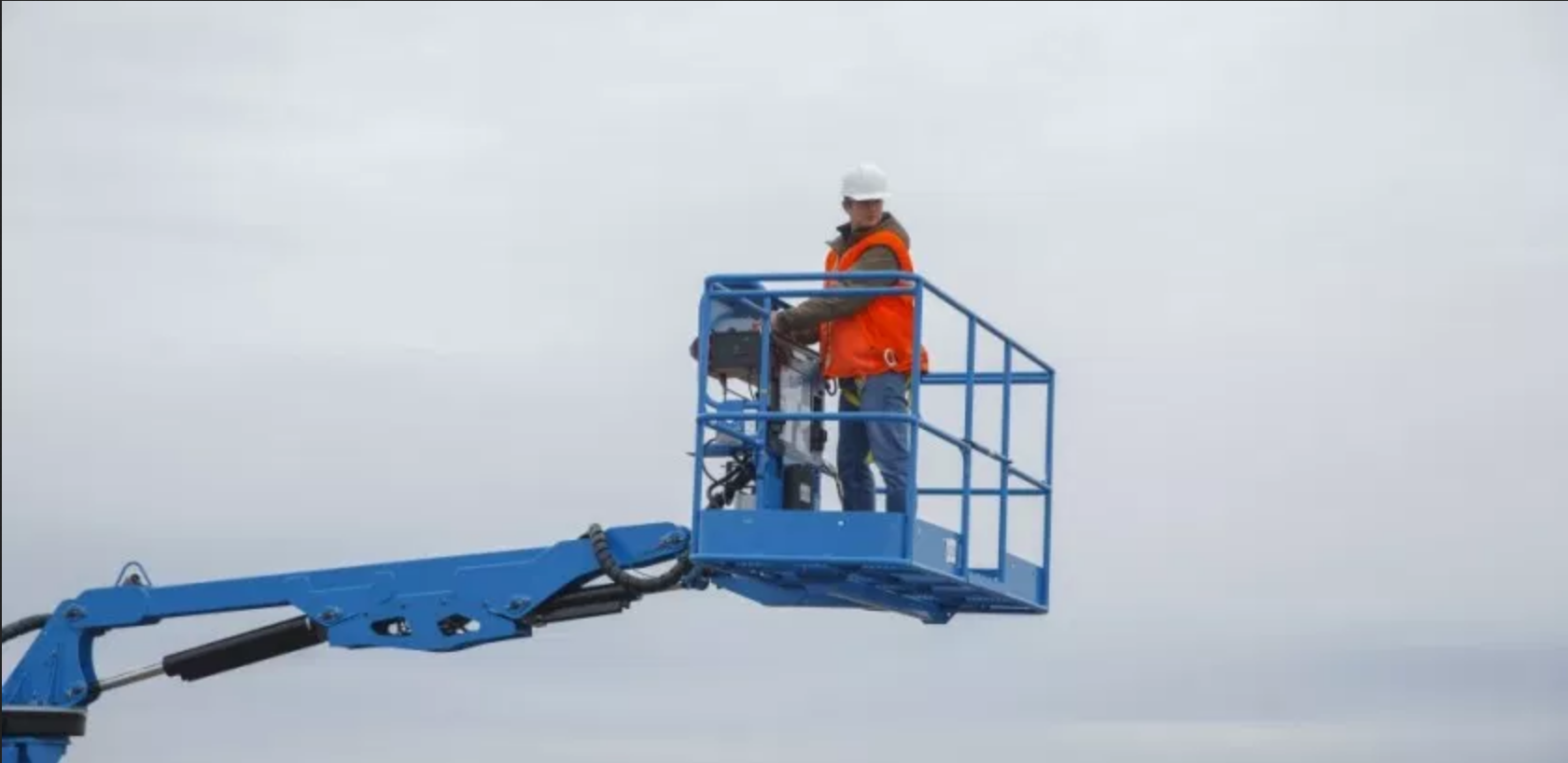
Frequently Asked Questions About the Upcoming ANSI/CSA Standards Changes
With the pending changes to the ANSI A92 and CSA B354 estimated to go into effect in 2020, it is important for you to start preparing your business and your customers now for what will be different.
Continue Reading


